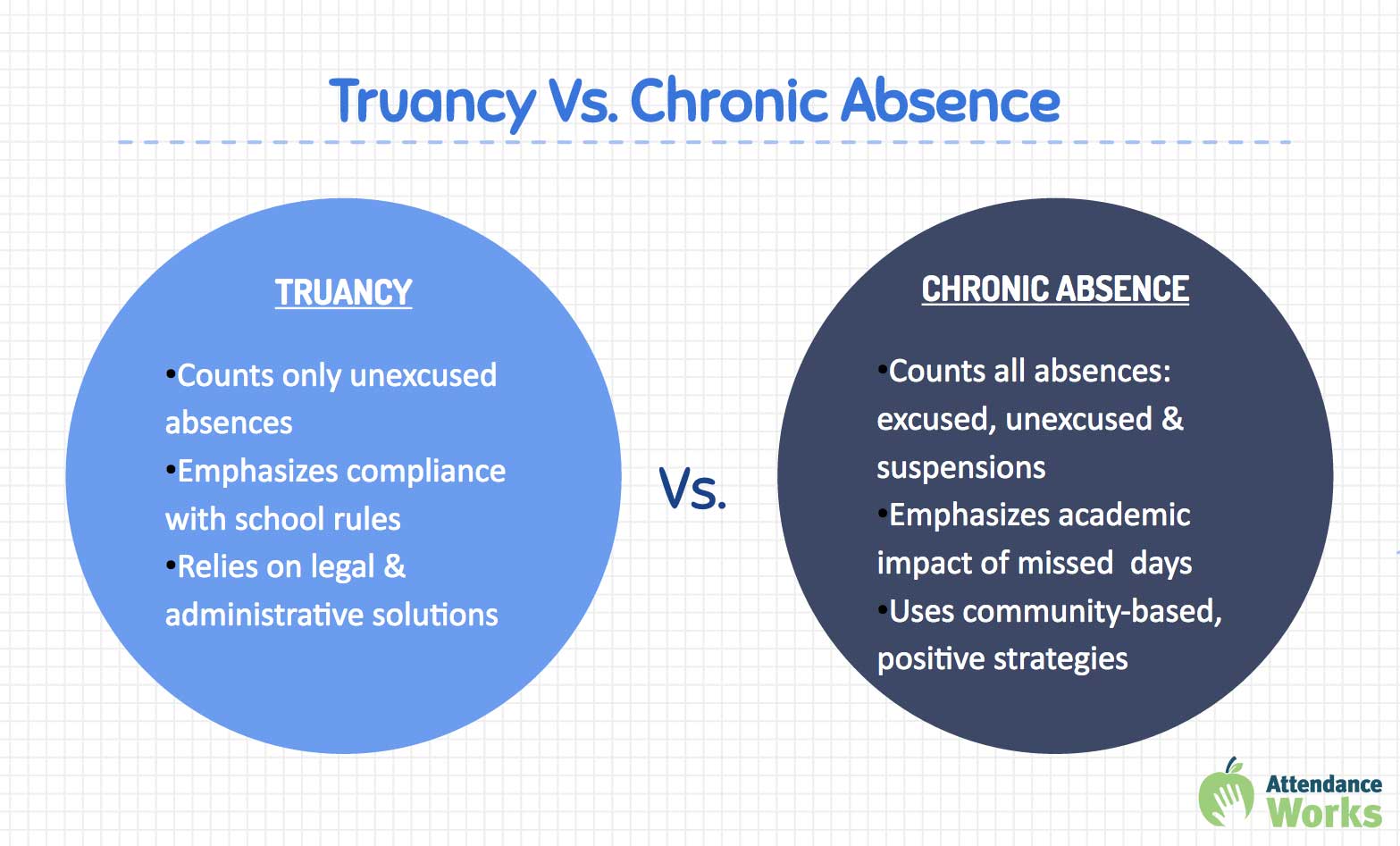Across the country, more than 8 million students are missing so many days of school that they are academically at risk. Chronic absence — missing 10 percent or more of school days due to absence for any reason—excused, unexcused absences and suspensions, can translate into students having difficulty learning to read by the third-grade, achieving in middle school, and graduating from high school. Read this research summary for more details.
Children living in poverty are two to three times more likely to be chronically absent—and face the most harm because their community lacks the resources to make up for the lost learning in school. Students from communities of color as well as those with disabilities are disproportionately affected.
This isn’t simply a matter of truancy or skipping school. In fact, many of these absences, especially among our youngest students, are excused. Often absences are tied to health problems, such as asthma, diabetes, and oral and mental health issues. Other barriers including lack of a nearby school bus, a safe route to school or food insecurity make it difficult to go to school every day. In many cases, chronic absence goes unnoticed because schools are counting how many students show up every day rather than examining how many and which students miss so much school that they are falling behind.
The good news is that our work throughout the country shows us that chronic absence is a solvable problem. What works is taking a data-driven, comprehensive approach that begins with engaging students and families as well as preventing absences from adding up before they fall behind academically. The key is using chronic absence data as a diagnostic tool to identify where prevention and early intervention are needed.
10 Facts about School Attendance
-
Absenteeism in the first month of school can predict poor attendance throughout the school year. Half the students who miss 2-4 days in September go on to miss nearly a month of school.
-
Over 8 million U.S. students miss nearly a month of school each year.
-
Absenteeism and its ill effects start early. One in 10 kindergarten and first grade students are chronically absent.
-
Poor attendance can influence whether children read proficiently by the end of third grade or be held back.
-
By 6th grade, chronic absence becomes a leading indicator that a student will drop out of high school.
-
Research shows that missing 10 percent of the school, or about 18 days in most school districts, negatively affects a student’s academic performance. That’s just two days a month and that’s known as chronic absence.
-
Students who live in communities with high levels of poverty are four times more likely to be chronically absent than others often for reasons beyond their control, such as unstable housing, unreliable transportation and a lack of access to health care.
-
When students improve their attendance rates, they improve their academic prospects and chances for graduating.
-
Attendance improves when schools engage students and parents in positive ways and when schools provide mentors for chronically absent students.
-
Most school districts and states don’t look at all the right data to improve school attendance. They track how many students show up every day and how many are skipping school without an excuse, but not how many are missing so many days in excused and unexcused absence that they are headed off track academically.

